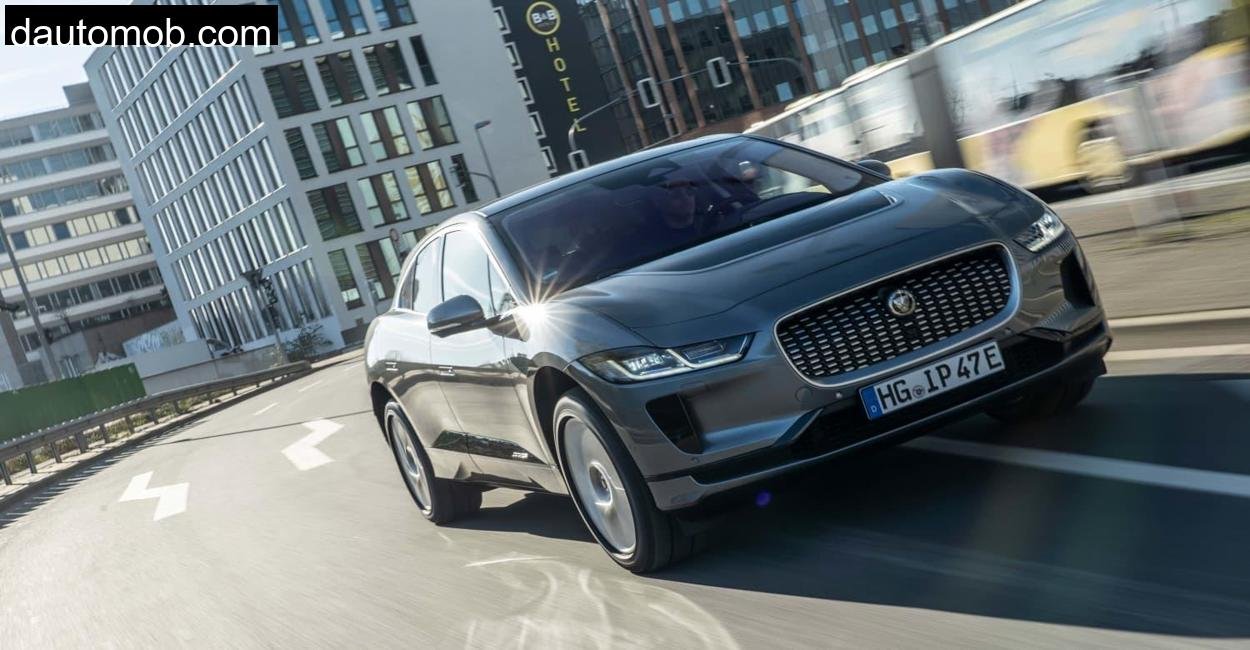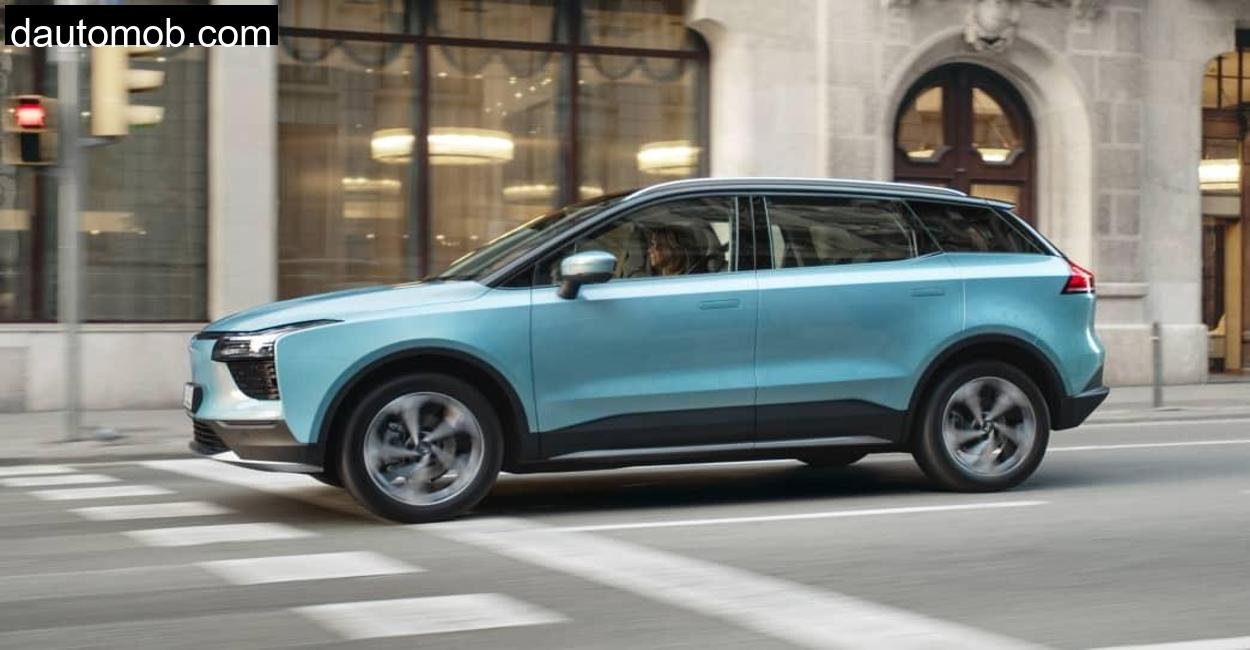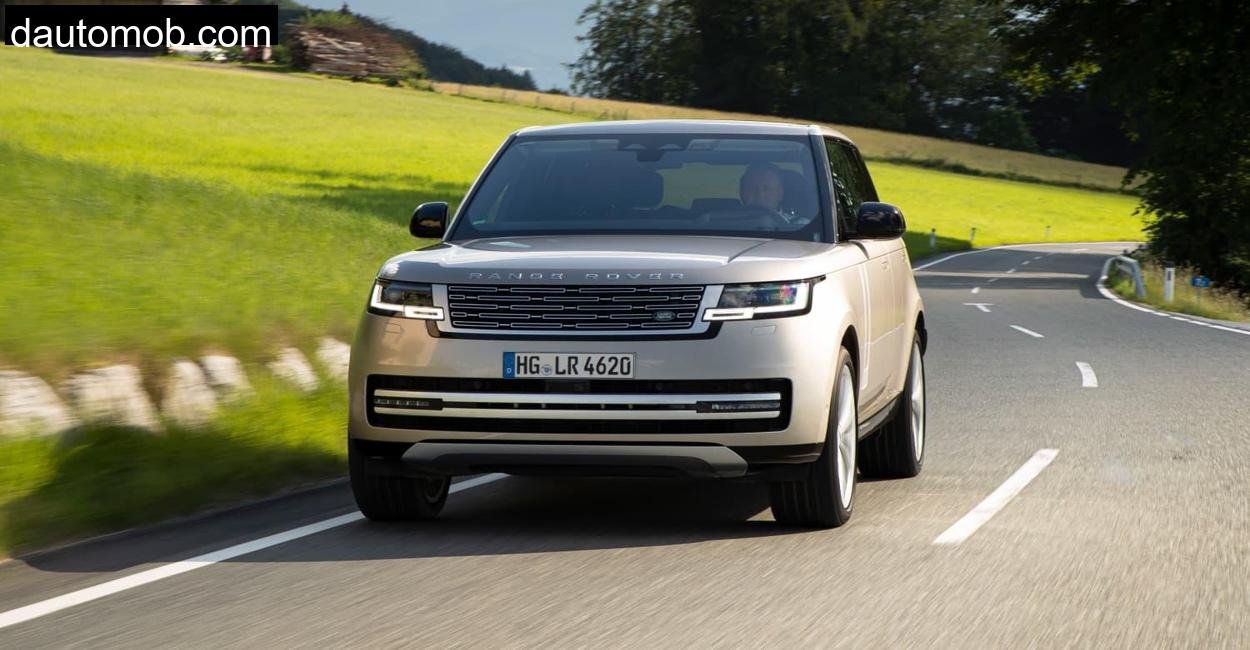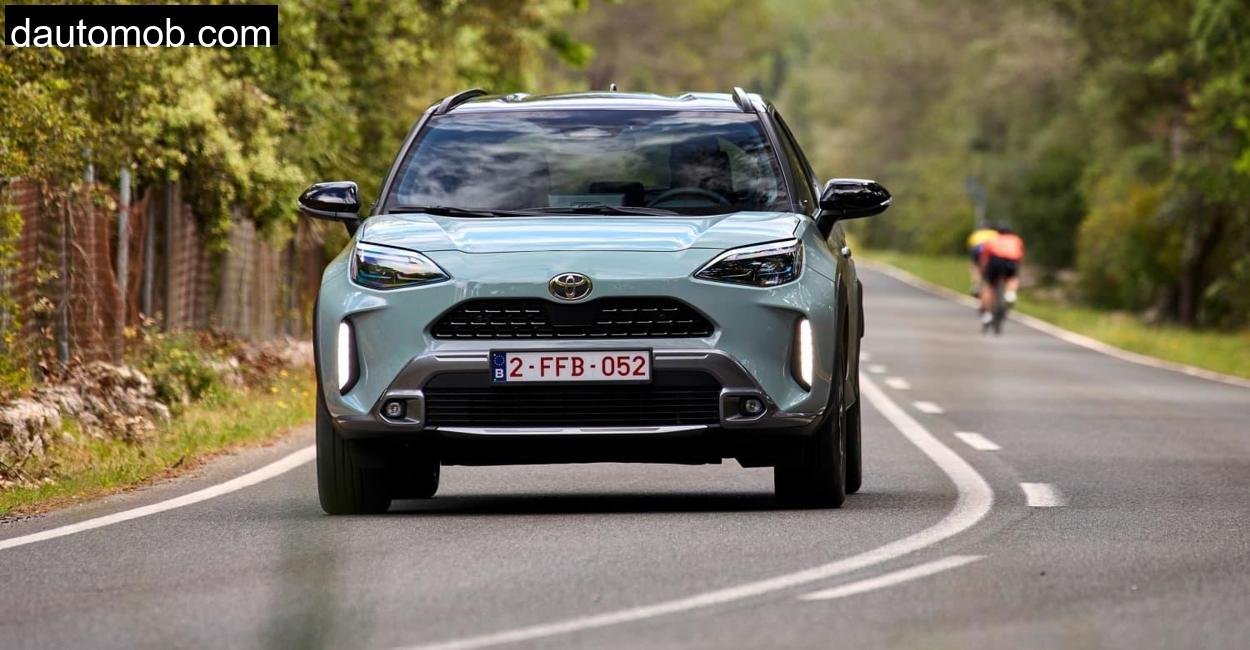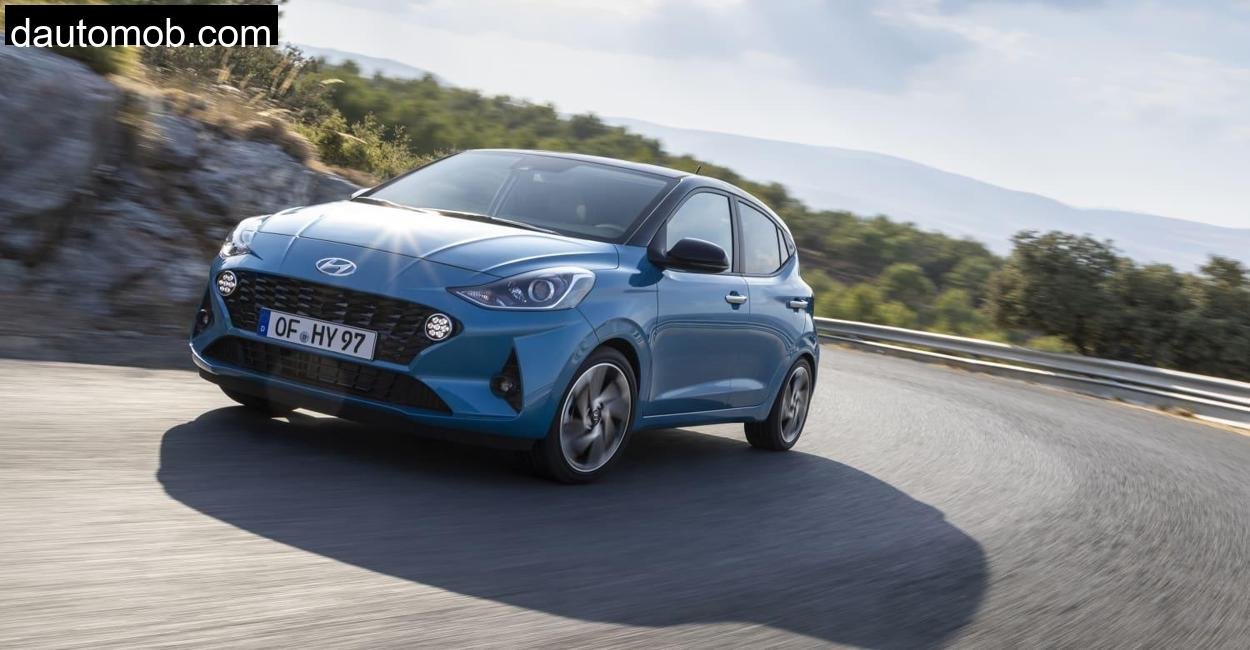The Jaguar I-Pace had always intrigued me. As a car enthusiast who leans more toward classic mechanical charm than silent, electric elegance, I wasn’t expecting to be swept off my feet. But that’s exactly what happened when I took the I-Pace on a weeklong test across the rugged, tree-lined hills and sharp crests of the Dün region in central Germany. Nestled between the Thuringian Forest and Harz, this place may be better known for its deep forests and basalt plateaus, but for me, it became the proving ground for one of the most fascinating electric SUVs ever made.
The fact that Jaguar, a brand historically tethered to graceful V6s and roaring V8s, had gone electric back in 2018 was already a bold move. And now, driving the I-Pace in 2025, knowing it’s soon to be discontinued, felt a bit like taking the last dance with a rock star that was ahead of its time. What follows isn’t a eulogy. It’s a driver’s account of the I-Pace in the real world, across rural Germany, winding country roads, and those brutally honest Autobahn stretches.
The Soul of a Cat: Design, Dimensions and Road Presence
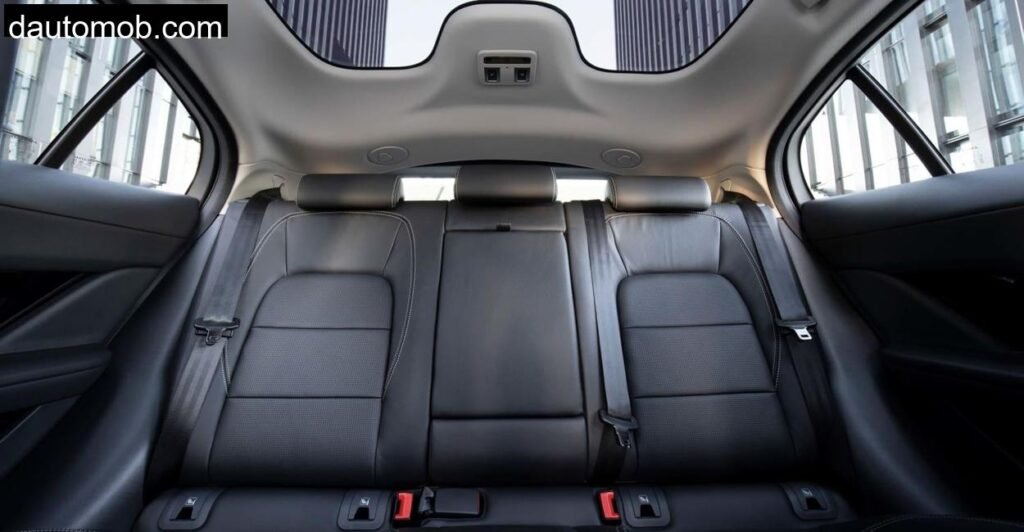
Jaguar calls it an SUV, but don’t let the label fool you. The I-Pace doesn’t just look different; it behaves differently too. At 4.68 meters long, it has the athletic stance of a lifted hatchback married to the elegance of a sports coupé. The roofline tapers just enough to whisper “performance,” and the bulging haunches scream all-wheel drive. Even after the 2023 facelift, where the front grille was closed off and a satin gray paint option added, the I-Pace still commands attention without being flashy.
In the town of Beberstedt, a passerby approached me at a charging station and asked, “Ist das ein Jaguar?” The emblem threw him off, an electric Jag in a sleepy forest village? It’s a unicorn, even now.
Despite the sleek lines, this car is still every bit a utility vehicle. With flush door handles, air-sculpted flanks, and that signature feline face, the I-Pace wears its design like a tailored suit, stylish, yes, but built for movement.
The Ride: Power and Silence Across the Dün

From the first moment I pressed the start button and gently rolled out of the cobblestone streets of Keula, I knew this wasn’t your typical EV experience. There’s a hush in the I-Pace that isn’t sterile like other electric cars, it’s composed, like a predator stalking prey. The two motors, one at each axle, respond with immediate torque. Nearly 700 Nm surges with a twitch of your ankle.
On the winding B247 climbing out of Niederorschel, the Jaguar felt planted, remarkably so for a car tipping the scales at over 2.2 tonnes. The air suspension soaked up every ripple and pothole, adjusting seamlessly between sport and comfort. It cornered with the poise of a rear-wheel drive coupe but the surefootedness of a mountain goat. You could push it into tight bends at 90 km/h and it wouldn’t flinch. There’s no body roll to speak of. It’s electric agility with British charm.
Even on gravel tracks slicing through the forest, the I-Pace tackled mild off-roading with composure. Sure, no one’s rock crawling in this, but raise the air suspension and those extra centimeters of ground clearance make short work of uneven trails and deep puddles.
The Real Range: When Theory Meets Asphalt
The most pressing question in any EV review is, of course, the range. Jaguar promises up to 470 km under ideal conditions. In reality, the I-Pace gave me about 365–390 km depending on how spirited my drive was. That figure was tested during warm spring temperatures, mixed driving, and a few Autobahn stints.
I started one leg of my journey from Mühlhausen, drove through the edge of the Dün, cruised into Leinefelde-Worbis via rolling fields and forest-lined roads, and back again, all on a single charge, without sweating. That’s about 210 km roundtrip with detours, and I had nearly 150 km left on the clock when I rolled back into town.
Charging? That’s where things start to feel a bit dated. At a DC fast charger near Bleicherode, I peaked at around 96 kW, enough to get from 10 to 80% in roughly 45–50 minutes. Not terrible, but rivals like the Hyundai Ioniq 5 or Tesla Model Y now do this faster. AC charging at home with 11 kW took about 9 hours for a full charge, which felt acceptable given the range offered.
Comfort and Cockpit: A British Lounge on Wheels
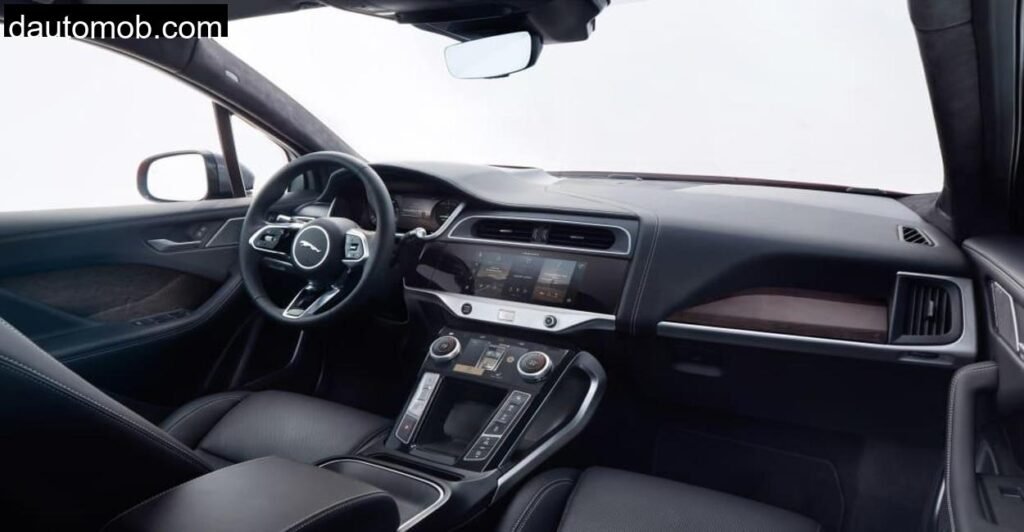
Inside, the I-Pace feels more boutique hotel than sterile tech pod. Rich leather, high-quality soft plastics, clean stitching, it’s a reminder that Jaguar still knows how to craft an interior. My tester, the Dynamic R HSE, came with Windsor leather seats, a full panoramic roof, and the Pivi Pro infotainment system. It’s an elegant space.
But it’s not perfect. The twin-screen layout still feels a bit over-designed, especially the lower climate control screen that sits awkwardly low and washes out in bright sun. The updated software and inclusion of Amazon Alexa did help. Voice commands worked flawlessly, and over-the-air updates ensured the nav system was never out of date.
One gripe? Rearward visibility is poor. The narrow rear window limits your field of vision, making lane changes a little too reliant on sensors. But on the flip side, seating comfort is fantastic, especially up front where lumbar support and adjustability are top-class. My partner and I spent three hours straight in the I-Pace on the way to Sondershausen without needing a single stretch break.
Practicality: Hidden Talents and Daily Use
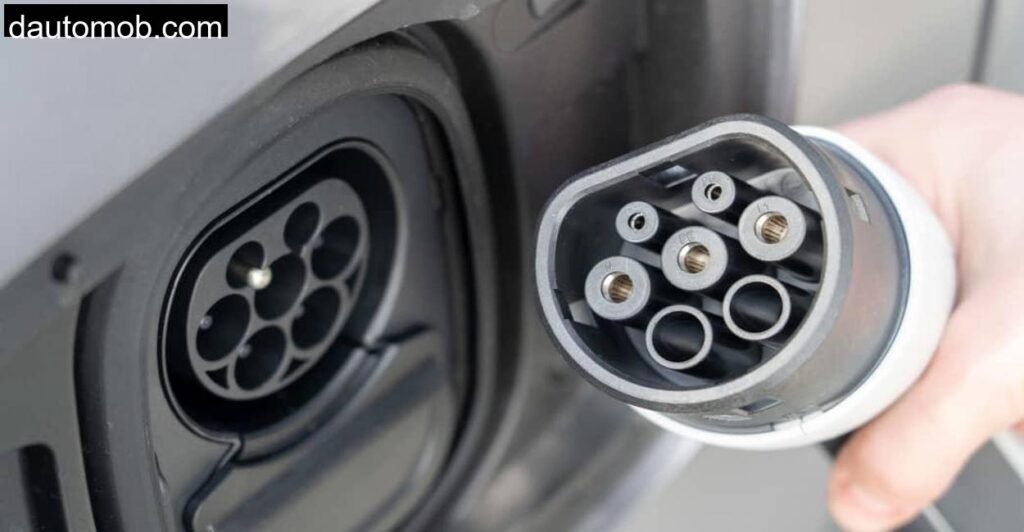
This isn’t a small SUV, but it’s easy to live with. Rear seats fold flat, offering over 1300 liters of space, which helped during a weekend grocery run and a nursery visit where we picked up half a garden’s worth of plants.
There’s a small frunk, 27 liters, mostly good for storing the charging cable. Interior storage is plentiful though, with deep door bins, a floating center console, and hidden compartments. Rear seat passengers get decent legroom, and even someone nearly two meters tall found it tolerable, though the sloping roofline may graze taller heads.
Technical Specifications: Jaguar I-Pace
Technical info is taken directly from Jaguar’s official website to ensure it’s correct.
| Specification | Jaguar I-Pace |
| Motor Type | Dual Electric Motors (AWD) |
| Max Power | 400 hp (294 kW) |
| Max Torque | 696 Nm |
| 0–100 km/h | 4.8 seconds |
| Battery Capacity (Net) | 84.7 kWh |
| Charging Speed (DC) | Up to 100 kW |
| Range (WLTP) | Up to 470 km |
| Ecotest Range | 365 km |
| Consumption (incl. charging) | 27.6 kWh/100 km |
| Boot Space | 656–1453 L (Manufacturer) |
| Curb Weight | 2,208 kg |
| Length | 4,682 mm |
| Base Price (2025) | €92,400 |
Conclusion: A Feline Farewell Worth Experiencing
As I parked the I-Pace in front of the timbered guesthouse in Hainleite, I couldn’t help but feel nostalgic. This car won’t see a second generation. Jaguar is pivoting, and the I-Pace, once a poster child for the brand’s electric ambition, will quietly exit stage left.
But what a performance it gave. The I-Pace isn’t perfect. It’s not the quickest to charge, nor is it the cheapest. But it’s one of the most enjoyable electric cars I’ve ever driven. It has soul, character, and an elegance that feels rare in the clinical EV world. If you ever get the chance to drive one, especially through a place as scenic and dynamic as Dün, take it.
This isn’t just an electric SUV. It’s a Jaguar, through and through.
Is the Jaguar I-Pace still available new?
No. As of 2025, Jaguar has announced the discontinuation of the I-Pace. Only used models are available.
What is the real-world range of the Jaguar I-Pace?
While Jaguar claims 470 km WLTP, real-world range is between 360–400 km, depending on driving conditions.
How long does it take to charge the Jaguar I-Pace?
On a 100 kW DC charger, it takes around 45–50 minutes to go from 10% to 80%. With a home wallbox (11 kW), a full charge takes about 9 hours.
